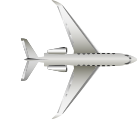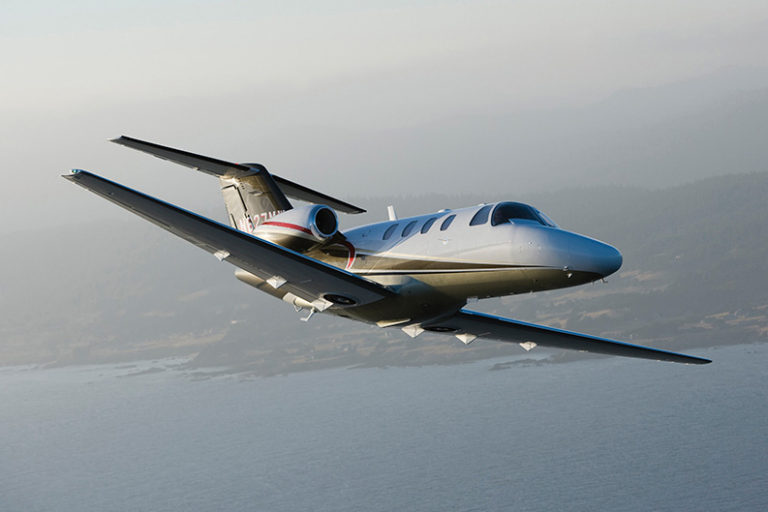The Cessna CitationJet/M2/CJ series (Model 525) are light business jets built by Cessna and part of the Citation family. Launched in October 1989, its first flight was on April 29, 1991, FAA certification was awarded on October 16, 1992, the first delivery happened on March 30, 1993, and by June 2017, 2,000 of all variants had been delivered. Powered by two 1,900 lbf (8.5 kN) Williams FJ44s, it uses the Citation II’s forward fuselage with a new carry-through section, straight wing, and T-tail. The basic model was updated with the CJ/CJ1/M2 names, it was stretched in the CJ2/CJ2+ delivered since 2000, then further in the CJ3/CJ3+ delivered from December 2004, and finally in the CJ4 delivered since 2010.
Model 525 serial number 0600 and higher are marketed as the Cessna Citation CJ1+ and are powered by Williams FJ-44-1AP turbofans. With the same airframe, it has an updated avionics package and FADEC engine control. The GE Honda HF120 engine was announced as a retrofit option for the CJ/CJ1/CJ1+ in 2014.[9]
The CJ1+ continues the CitationJet legacy of cost-effectiveness, fuel efficiency, and impressive range. Cessna’s Citation series has been influential in shaping the light business jet market, and the CJ1+ remains a popular choice for private jet owners and charter operators seeking reliable and comfortable aircraft for short to medium-haul flights.
- Seats Full Range (NM / SM): 872 / 1004 – The Cessna Citation CJ1+ offers a range of 872 nautical miles (NM) or approximately 1004 statute miles with its full passenger capacity. This means it can efficiently cover substantial distances without refueling, making it ideal for regional and short-haul flights.
- Ferry Range (No Payload) (NM / SM): 1,214 / 1,397 – With no payload, the CJ1+ has an extended ferry range of 1,214 nautical miles (NM) or approximately 1,397 statute miles. This range allows the aircraft to be ferried efficiently between locations, even when not carrying passengers or cargo.
- Balance Field Length* (Take-off Distance in Feet): 3,890 – The Cessna Citation CJ1+ has a balanced field length of 3,890 feet, indicating the minimum distance required for both takeoff and landing under standard conditions. This feature allows the aircraft to operate from airports with shorter runways, expanding its accessibility.
- Landing Distance (Feet): 3,158 – The CJ1+ requires a landing distance of 3,158 feet, allowing it to comfortably land at airports with limited runway lengths.
- Average Block Speed (KTS / MPH): 379 / 436 – The Cessna Citation CJ1+ boasts an average block speed of 379 knots (KTS) or approximately 436 miles per hour (MPH), ensuring swift travel.
- Normal Cruise (KTS / MPH): 379 / 436 – During normal cruise, the CJ1+ maintains a speed of 379 knots (KTS) or around 436 miles per hour (MPH), enabling efficiency.
- Long Range Cruise Speed (KTS / MPH): 300 / 345 – The CJ1+ has a long-range cruise speed of 300 knots (KTS) or approximately 345 miles per hour (MPH). This speed ensures fuel efficiency and extends the aircraft’s range for longer journeys.
- Fuel Usage (Gallons Per Hour): The Cessna Citation CJ1+ consumes fuel at a rate of 146.00 gallons per hour, balancing speed and efficiency for cost-effective operations.
- Service Ceiling (Feet): The aircraft’s service ceiling, or the maximum altitude it can reach, is 41,000 feet, allowing it to fly comfortably above most weather disturbances and commercial air traffic.
- Useful Payload With Full Fuel (Lbs): With full fuel tanks, the Cessna Citation CJ1+ can carry a useful payload of 531 pounds, accommodating passengers, crew, and luggage while maintaining fuel efficiency.
- Maximum Take-Off Weight: The maximum takeoff weight (MTOW) of the CJ1+ is 10,700 pounds, indicating the highest weight at which the aircraft can safely take off.
- Maximum Landing Weight: The maximum landing weight is 9,900 pounds, ensuring safe landings without exceeding the aircraft’s structural limitations.
- Basic Operating Weight: The basic operating weight of the Cessna Citation CJ1+ is 6,859 pounds, representing the aircraft’s standard weight without any additional payload or fuel.
- Total Usable Fuel Weight: The CJ1+ can carry a total usable fuel weight of 3,140 pounds, allowing for extended flights while maintaining operational safety and efficiency.
- Fuel Usage (Gallons Per Hour): 146.00 – The Cessna Citation CJ1+ consumes fuel at a rate of 146.00 gallons per hour, balancing speed and efficiency for cost-effective operations.
- Service Ceiling (Feet): 41,000 – The aircraft’s service ceiling, or the maximum altitude it can reach, is 41,000 feet, allowing it to fly comfortably above most weather disturbances and commercial air traffic.
- Useful Payload With Full Fuel (Lbs): 531 – With full fuel tanks, the CJ1+ can carry a useful payload of 531 pounds, accommodating passengers, crew, and luggage while maintaining fuel efficiency.
- Maximum Take Off Weight: 10,700 – The maximum takeoff weight (MTOW) of the Cessna Citation CJ1+ is 10,700 pounds, indicating the highest weight at which the aircraft can safely take off.
- Maximum Landing Weight: 9,900 – The maximum landing weight of the Cessna Citation CJ1+ is 9,900 pounds, ensuring safe landings without exceeding the aircraft’s structural limitations.
- Basic Operating Weight: 6,859 – The basic operating weight is 6,859 pounds, representing the aircraft’s standard weight without any additional payload or fuel.
- Total Usable Fuel Weight: 3,140 – The Cessna Citation CJ1+ can carry a total usable fuel weight of 3,140 pounds, allowing for extended flights while maintaining operational safety and efficiency.
RANGE MAP
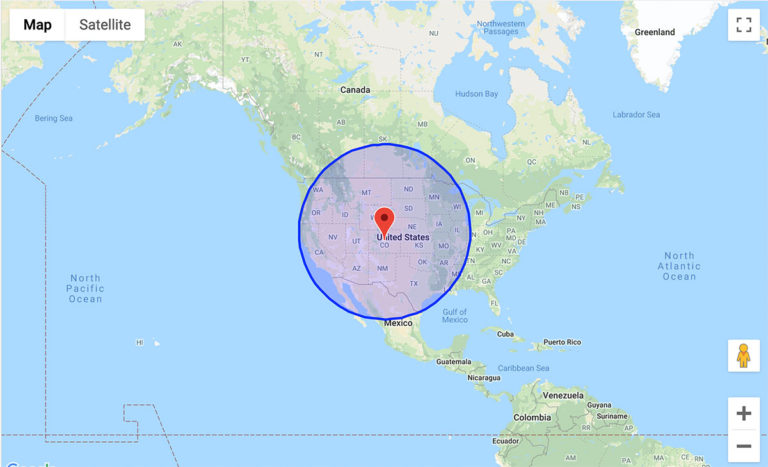
- Minimum Crew / Maximum Passengers: 1 / 6
- Baggage Capacity External / Internal (Cubic Feet): 45 / 0
- Cabin Height (Feet): 4’9″
- Cabin Width (Feet): 4’10”
- Cabin Length (Feet): 11’0″
- Cabin Volume (Cubic Feet): 252.54
- Years in Production: 2005-2011
- Active Fleet (approximate): 102.00
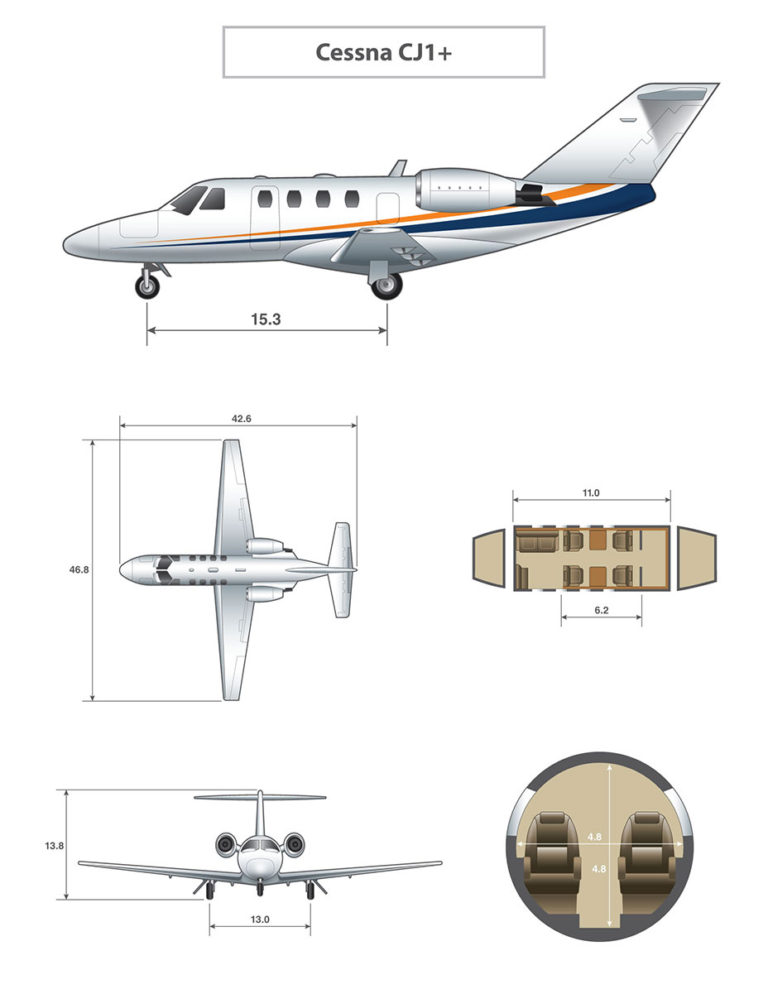
- Airframe Maintenance Per Hour: $291.00
- Engine / APU Maintenance Per Hour: $278.00
- Fuel Cost based on Gallons Per Hour: $620.50
- Crew Misc.: $163.00
- Total Variable Cost Per Hour: $1,352.50
- Cost Per NM: $3.57
